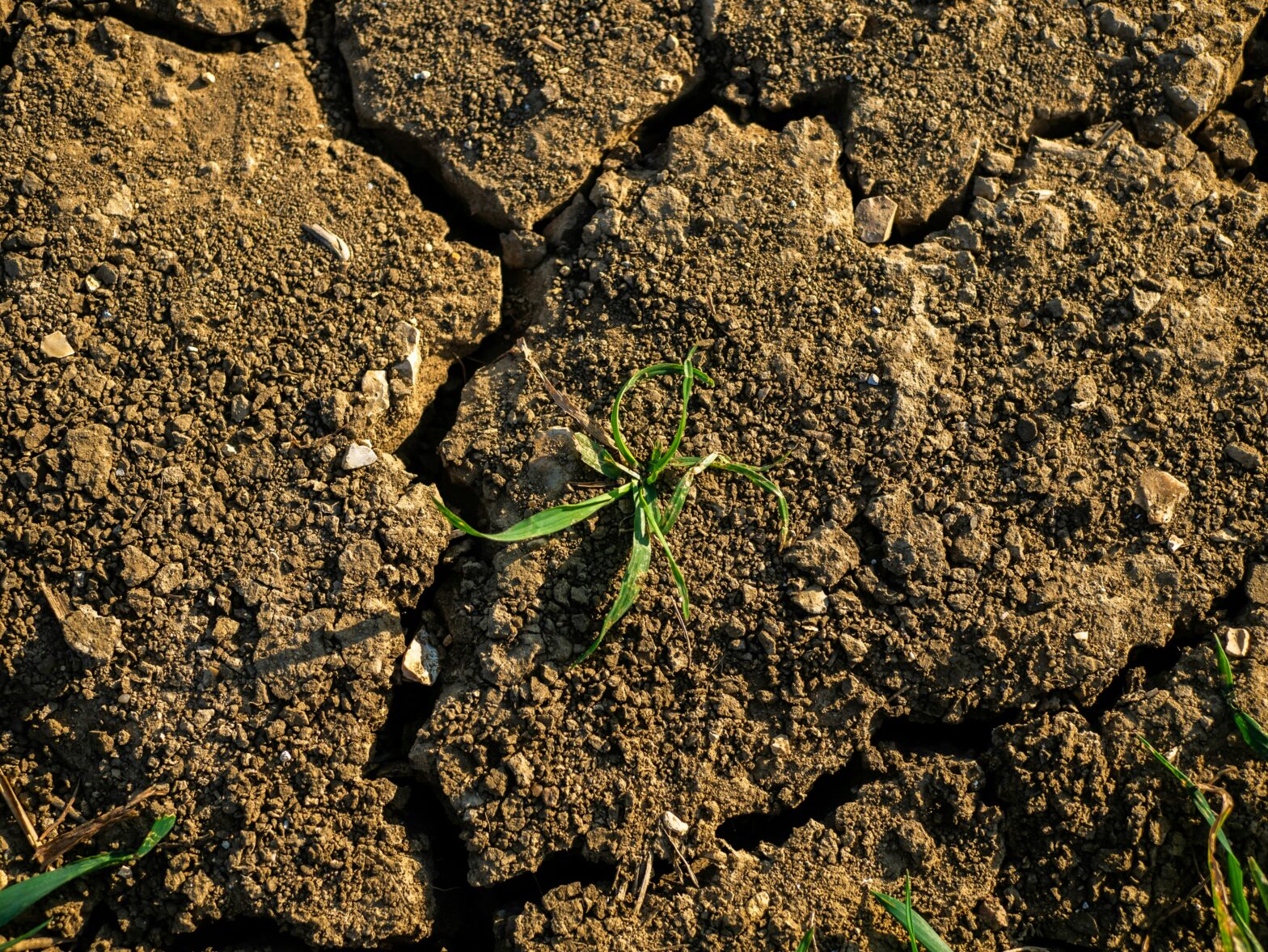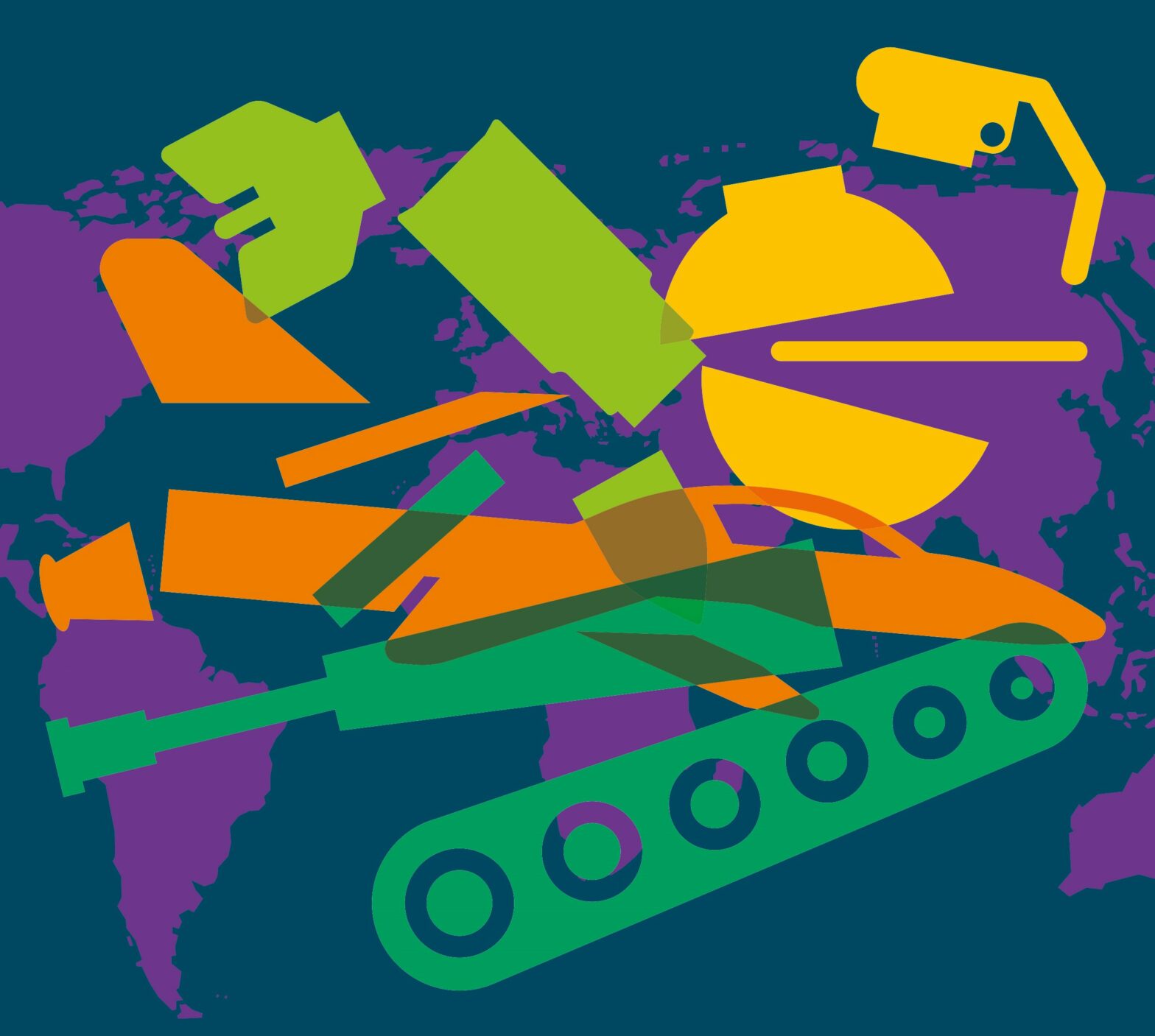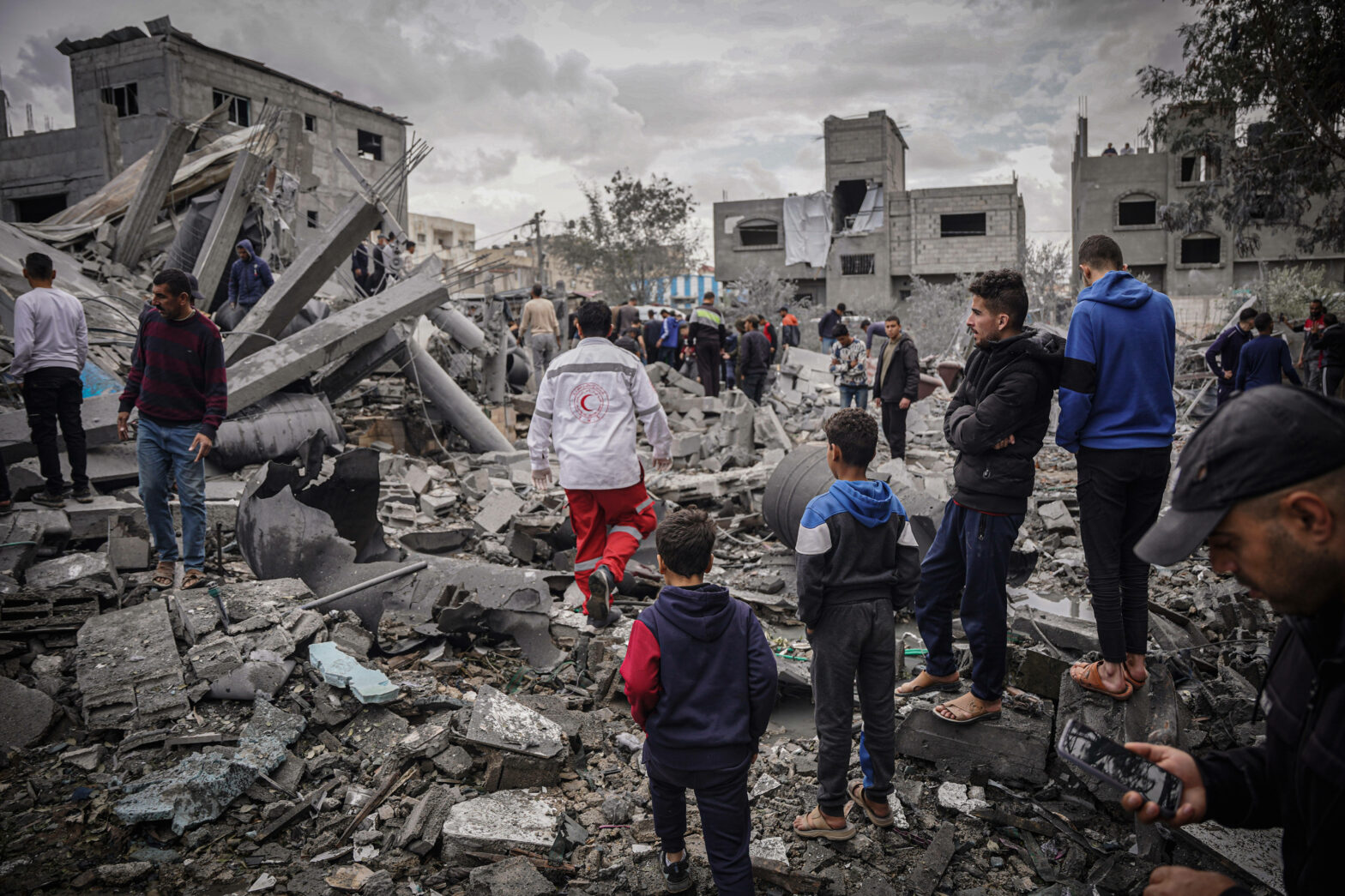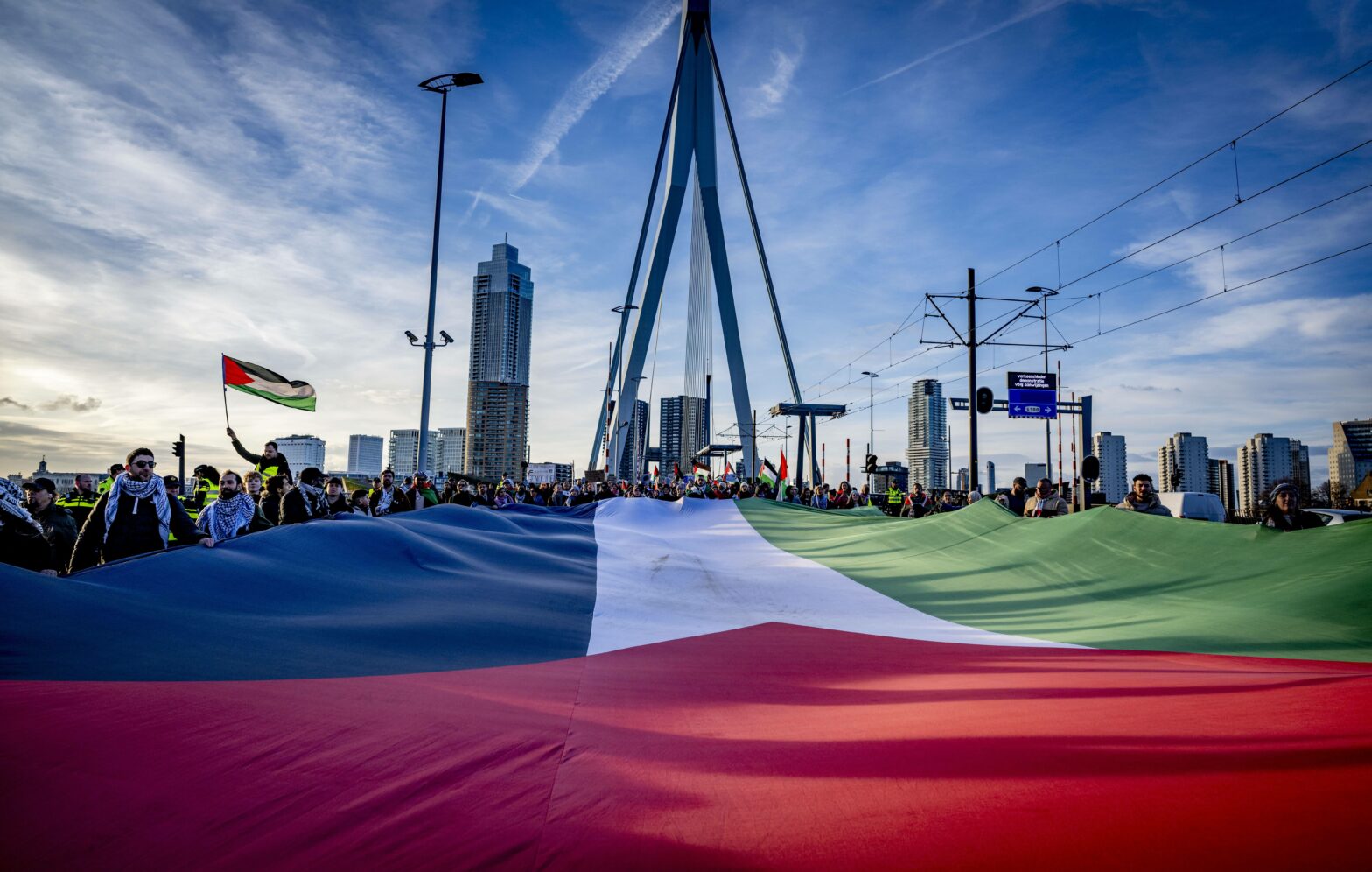Share Twitter Facebook Email Copy URL
This article will be featured in the Atlas of Disarmament, available in English and German on April 22nd 2024.
International policymaking needs a new generation of peace negotiators with a holistic understanding of disarmament. Their task will be to reduce the number of weapons, as well as understand the social, economic, ecological and humanitarian dimensions of conflicts.
Wars rage in Europe, the Middle East and Africa. More than 110 million people were displaced in 2023 – a record. Some 783 million people are starving, more than at any time since 2006 – and that is just the beginning, given the dire predictions about the consequences of climate change.
The use of nuclear weapons in war is now more threatening than at any time since the end of the Second World War. Simulations show that even a limited nuclear war between two nuclear powers would transport large quantities of light-blocking particles into the stratosphere, suddenly disrupting the climate and leading to global famine.
The use of conventional weapons in today’s wars jeopardizes attempts to limit climate change. Two decades of international analysis and debate have focused on how the rapidly destabilizing climate could undermine the security of states. They have ignored how national decisions, such as those on military expenditures and warfare, affect the climate and undermine our collective security. Wars and conflicts limit the possibilities to respond appropriately to climate-related disasters and to build much-needed resilience to climate change.
In economic terms, military conflicts lead inevitably to a shift in the use of limited resources; in fiscal terms, they restrict government spending on development. This worsens the devastating consequences of climate change to the social system and leads to an increase in the number of refugees, among other things.
The military is itself an actor in the climate disaster. It is responsible for an estimated 5.5 % of global greenhouse-gas emissions. If the military were a country, its emissions would rank fourth globally, between India and Russia. The military’s CO2 footprint is greater than that of the whole of Africa, which accounts for less than 4 % of global emissions. Fewer military operations could sustainably reduce the impact on the environment.
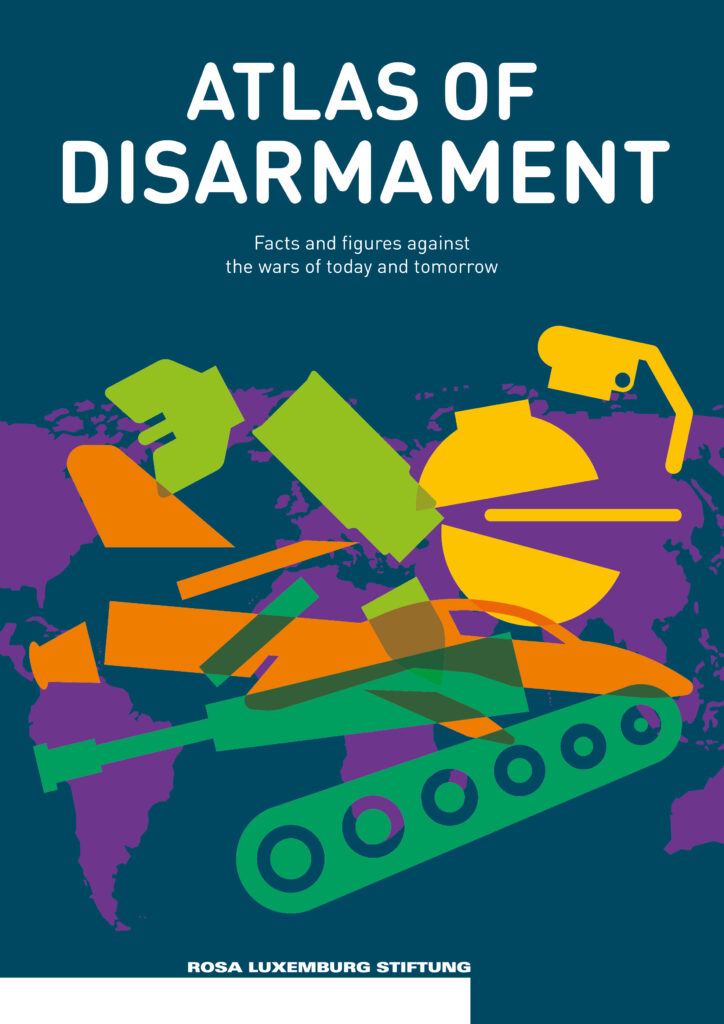
Excessive military spending not only consumes valuable resources, but also increases the gap between rich and poor. In 2022, global military expenditures hit a new record of US$ 2.2 trillion. Valuable resources that could be invested in social and economic development are being diverted, exacerbating poverty and deepening inequalities in the global economy. Disarmament, on the other hand, has the potential to catalyse transformative change. That hope grew in the 1990s, when conventional weapons were last dismantled on a large scale.
At that time, civil society optimistically looked forward to the prospect of a “peace dividend” amounting to hundreds of billions of US dollars. The hope was that this money would be used to finance Agenda 21, an agreement for sustainable development concluded at the Earth Summit in Rio de Janeiro in 1992. This did not materialize because the driving force for the disarmament efforts was the financial restructuring of national budgets, and not a general rethink of international peace and security policy. The task remains: putting the enormous financial resources that the world pours into the military to use in such a way as to help resolve urgent global challenges, such as fighting climate change and poverty, and improving public health and education.
In the future, disarmament must go much further than what has been achieved. Just as negotiations on rules are defined for demobilization and the destruction of weapons, so too must binding rules be set for the civil settlement of conflicts. These rules must strengthen international treaties and conflict-resolution institutions to ensure that they are in a position to resolve conflicts through civilian means. On the global level, it is necessary to influence progress towards the Sustainable Development Goals that were set through the international Agenda 2030 process, and to emphasize the links between development and peace in the follow-up to Agenda 2030.
A comprehensive approach to disarmament would not only seek to reduce or eliminate weapons, but would consider the broader social, economic, ecological and humanitarian dimensions of armed conflict and security. Disarmament efforts must prioritize the protection of human rights and humanitarian principles. They must include meaningful cooperation with civil society, local communities and affected populations. This includes measures to promote dialogue, reconciliation and confidence-building between the parties to the conflict. Now is the time for the development of scenarios and processes for the most comprehensive global disarmament possible. The tools must be ready when there is an opportunity for disarmament.
Eva Wuchold is the Programme Director for Social Rights of the RLS Geneva Office. She is the Editor of the Atlas of Disarmament.
